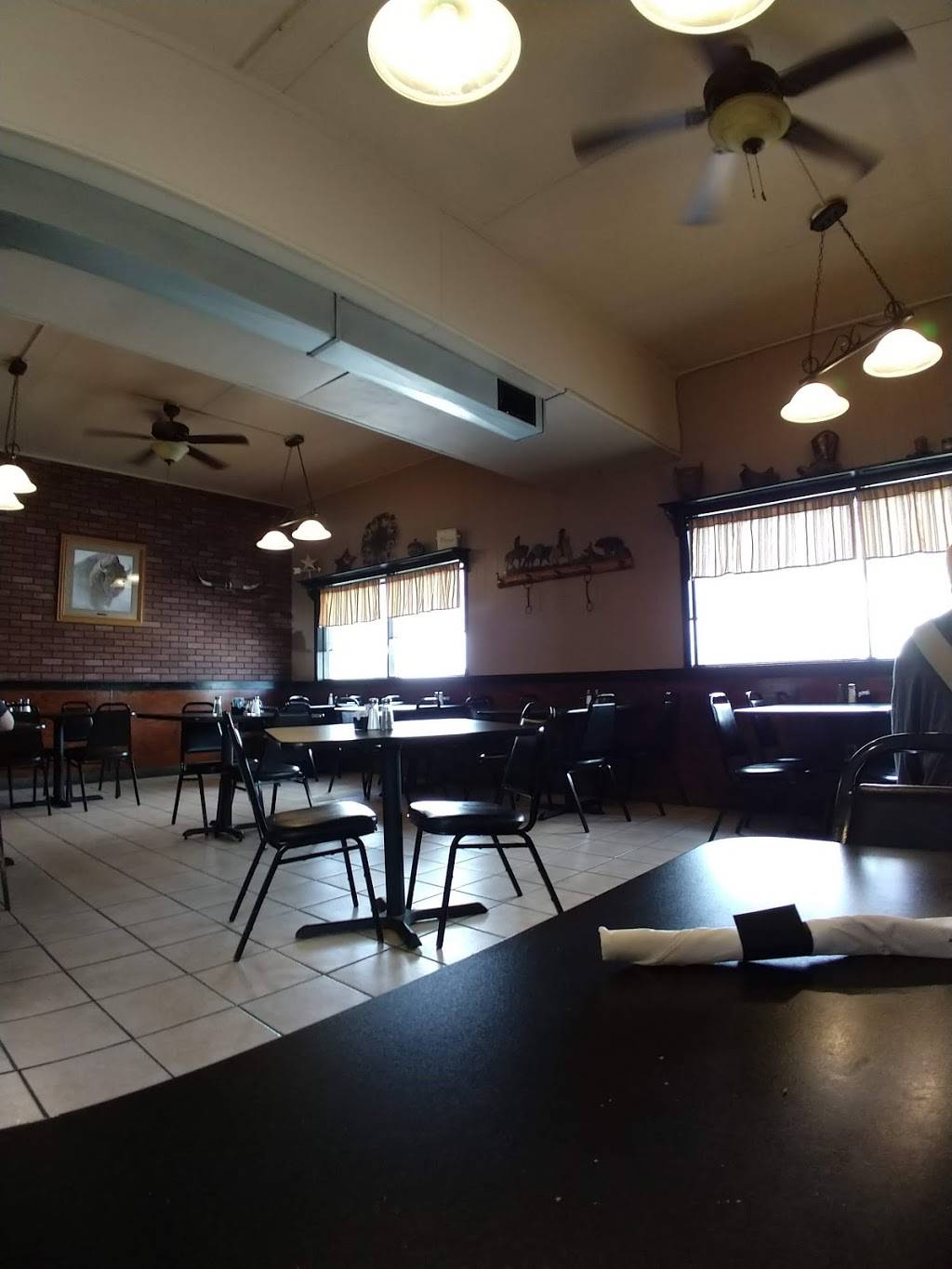
By contrast, a matriarchy is essentially a mirror to patriarchy in which women hold the power, though it is argued that true matriarchy has never existed historically. In the simplest terms, a patriarchal society places men above women in terms of political and economic power (and other power structures that overlap with or exist under those structures, such as family).

#ALEXANDROS KALONA SERIES#
To understand how this series fails to accurately portray a matriarchy, we need to first understand what a matriarchy is.Īnd to understand matriarchy, we must first understand patriarchy. Unfortunately, intent and execution don’t always marry neatly together in storytelling.Ĭast and Cast 2009b: 272 The Pride and Shame of Female SexualityĪ note before we dive in: Anytime I speak of women, girls, females, womanhood, etc., I’m doing so in the context of cis-women, as those are the only women represented in the series.Īs I’ve already hinted at, despite the series and its authors boasting that these books are empowering to women and the world they created is matriarchal, the actual content of the books often contradicts that. So it should stand to reason that, within vampyre society, women are well-respected, rarely shamed or dehumanized, and that womanhood in and of itself is not treated as demeaning or insulting. The authors themselves have spoken many times about writing the series and creating this matriarchy with the intent of empowering women, especially young women. And we’re told time and time again in the narrative that this is the case: Vampyre society is a matriarchy. We see this in the fact that almost every single school except one, that we know of, is ruled by a female High Priestess. We see this in the fact that their highest form of political and religious authority, the Vampyre High Council, is entirely female. This is at least in part because one of the core concepts in the world-building for this series is that vampyres are matriarchal. It boasts a diverse cast, with several queer characters and characters of colour, and also has a strong bent toward girl power and empowering women, with many of the most prominent and powerful characters being female.

The House of Night series follows Zoey Redbird as she navigates being Marked to Change into a fledgling vampyre (the preferred spelling of the series) and attends one of the titular House of Night boarding schools, all while battling the forces of Darkness. Otherwise, in-text citations will get pretty hideous and tedious to read through. However, for the sake of simplicity and abiding official citations for the series, I will be referring to the authorship of this series as though it were a joint effort.Īlso, for additional simplicity in citations, anytime I cite one of the books in the series from this point forward, I will be omitting the “Cast and Cast” portion of the in-text citation and simply including the year of publication and any relevant page numbers. Thus, Kristin Cast is not an author or co-author on the series. Cast wrote the books and Kristin Cast helped her first as a teen voice editor, and then later as a frontline editor. However, in several interviews and Q&As, they have stressed that they did not actually co-author the series.

Cast and Kristin Cast, a mother-daughter team. House of Night is credited to two authors, P.C. Before we start, I want to preface this by establishing some out-of-text information about the series.


 0 kommentar(er)
0 kommentar(er)
